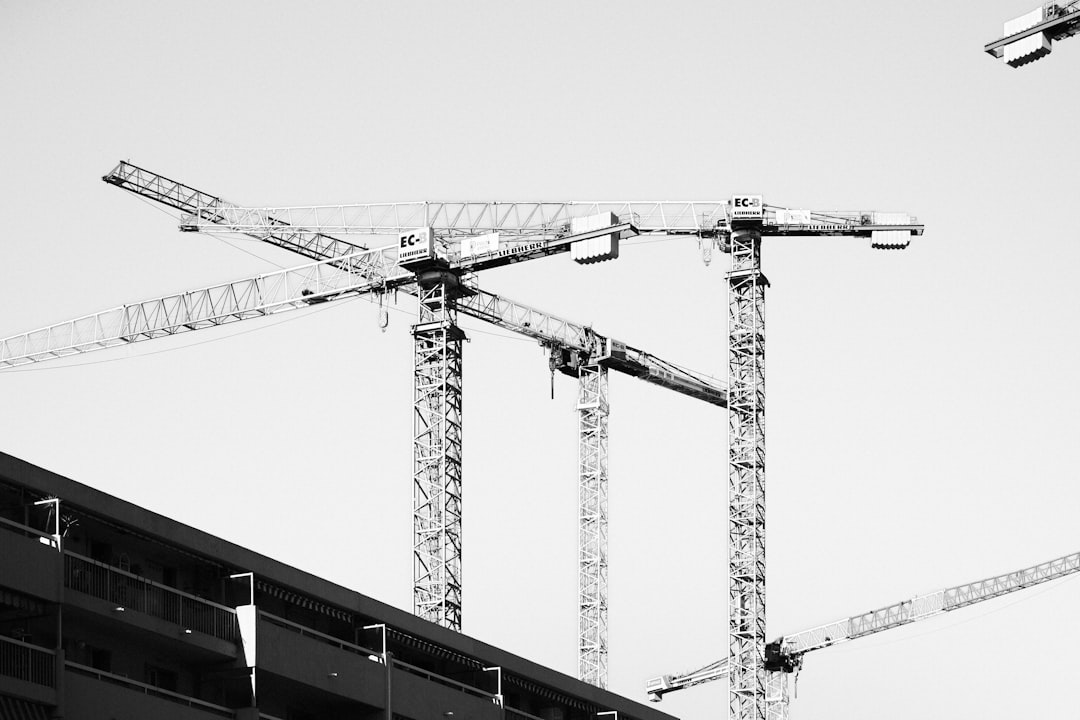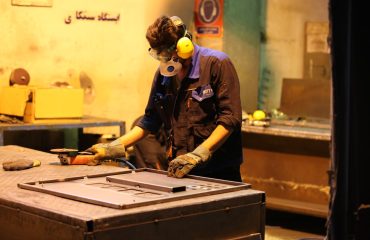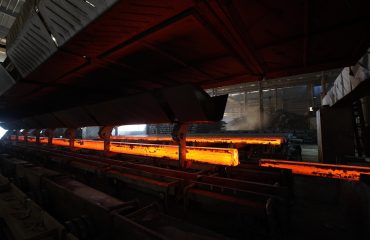Universal Parallel Flange (UPN) profiles, also known as parallel flange channels, are versatile steel sections widely used in various structural engineering applications. Their unique geometry and properties make them a cost-effective and efficient choice for a range of projects. This comprehensive guide delves into the intricacies of UPN profiles, exploring their characteristics, applications, design considerations, and advantages.
Understanding UPN Profile Geometry and Properties
UPN profiles are characterized by their parallel flanges and a single web. Unlike I-beams or H-sections, the flanges are not tapered. This parallel flange design offers several advantages, including ease of fabrication and connection. The dimensions of UPN profiles, including flange width, web height, and thickness, are standardized according to various international standards (e.g., EN 1027-1 for European profiles). These dimensions directly influence the section’s moment of inertia, section modulus, and area, all crucial factors in structural design calculations. The material properties, typically mild steel, further contribute to the overall strength and stiffness of the UPN profile. Understanding these geometrical and material properties is fundamental to selecting the appropriate UPN profile for a specific application.
Common Applications of UPN Profiles in Structural Engineering
The versatility of UPN profiles makes them suitable for a wide array of structural applications. They are frequently used as:
- Beams and Lintels: Their relatively high section modulus makes them suitable for supporting loads in beams and lintels, particularly in lighter-duty applications.
- Columns and Supports: While not as efficient as I-beams in compression, UPN profiles can be used as columns or supports in certain situations, especially when combined with bracing elements.
- Framing Elements: In steel framed structures, UPN profiles can be used as secondary framing members, providing support and stability to the overall structure.
- Cladding and Roofing Supports: UPN profiles are often used as supports for cladding panels and roofing systems, providing a robust and reliable foundation.
- Handrails and Balustrades: Their shape and strength also lend themselves to applications such as handrails and balustrades.
The specific application will dictate the required size and grade of the UPN profile, necessitating careful consideration of the loads and stresses involved.
Design Considerations for UPN Profiles
Designing with UPN profiles requires careful consideration of several factors. These include:
- Load Calculations: Accurate load calculations are paramount. This involves determining dead loads (weight of the structure itself), live loads (occupancy loads, snow loads, wind loads), and any other relevant loads.
- Stress Analysis: Once the loads are determined, a stress analysis needs to be performed to ensure that the selected UPN profile can withstand the stresses without exceeding its allowable limits. This often involves using software such as Finite Element Analysis (FEA) for complex structures.
- Buckling Considerations: UPN profiles are susceptible to buckling, especially when used as columns. Appropriate bracing and design considerations are necessary to prevent buckling failure.
- Connection Design: Proper connection design is crucial for transferring loads effectively. This might involve welding, bolting, or other fastening methods. The connection details must be carefully designed to avoid stress concentrations and ensure the structural integrity of the joint.
- Corrosion Protection: Steel profiles are susceptible to corrosion. Appropriate measures, such as galvanization or painting, should be implemented to protect the UPN profiles from environmental degradation.
Ignoring these considerations can lead to structural failures and compromise the safety and longevity of the structure.
Advantages and Disadvantages of Using UPN Profiles
UPN profiles offer several advantages, making them a popular choice in structural engineering:
- Cost-effectiveness: Compared to other steel sections, UPN profiles are often more economical.
- Ease of Fabrication: Their simple geometry simplifies fabrication processes, reducing production time and costs.
- Versatility: They can be used in a wide range of applications.
- Availability: UPN profiles are readily available from most steel suppliers.
However, it’s also important to acknowledge the limitations:
- Lower Moment of Inertia Compared to I-Beams: For situations requiring high bending resistance, I-beams might be a more efficient choice.
- Susceptibility to Buckling: As mentioned earlier, buckling can be a concern, requiring careful design considerations.
- Limited Shear Capacity: Compared to other sections, UPN profiles may have lower shear capacity.
A thorough understanding of both advantages and disadvantages is crucial for making informed design decisions.
UPN Profiles vs. Other Steel Sections: A Comparison
Choosing the right steel section depends on the specific application and design requirements. UPN profiles are often compared to other steel sections, such as I-beams (IPE, HEA, HEB), channels (UPE), and angles. While I-beams offer superior bending resistance due to their larger moment of inertia, UPN profiles are often more economical for lighter-duty applications. Channels (UPE) are similar to UPN but with unequal flanges. Angles offer different properties and are suited for different applications. The choice between these sections involves a trade-off between cost, strength, and suitability for the specific structural element and loading conditions. Detailed structural analysis is crucial in making the optimal selection.
In conclusion, UPN profiles are valuable tools in the structural engineer’s arsenal. Understanding their properties, applications, and design considerations is essential for creating safe, efficient, and cost-effective structures. By carefully considering the factors discussed in this guide, engineers can harness the full potential of UPN profiles in their projects.




